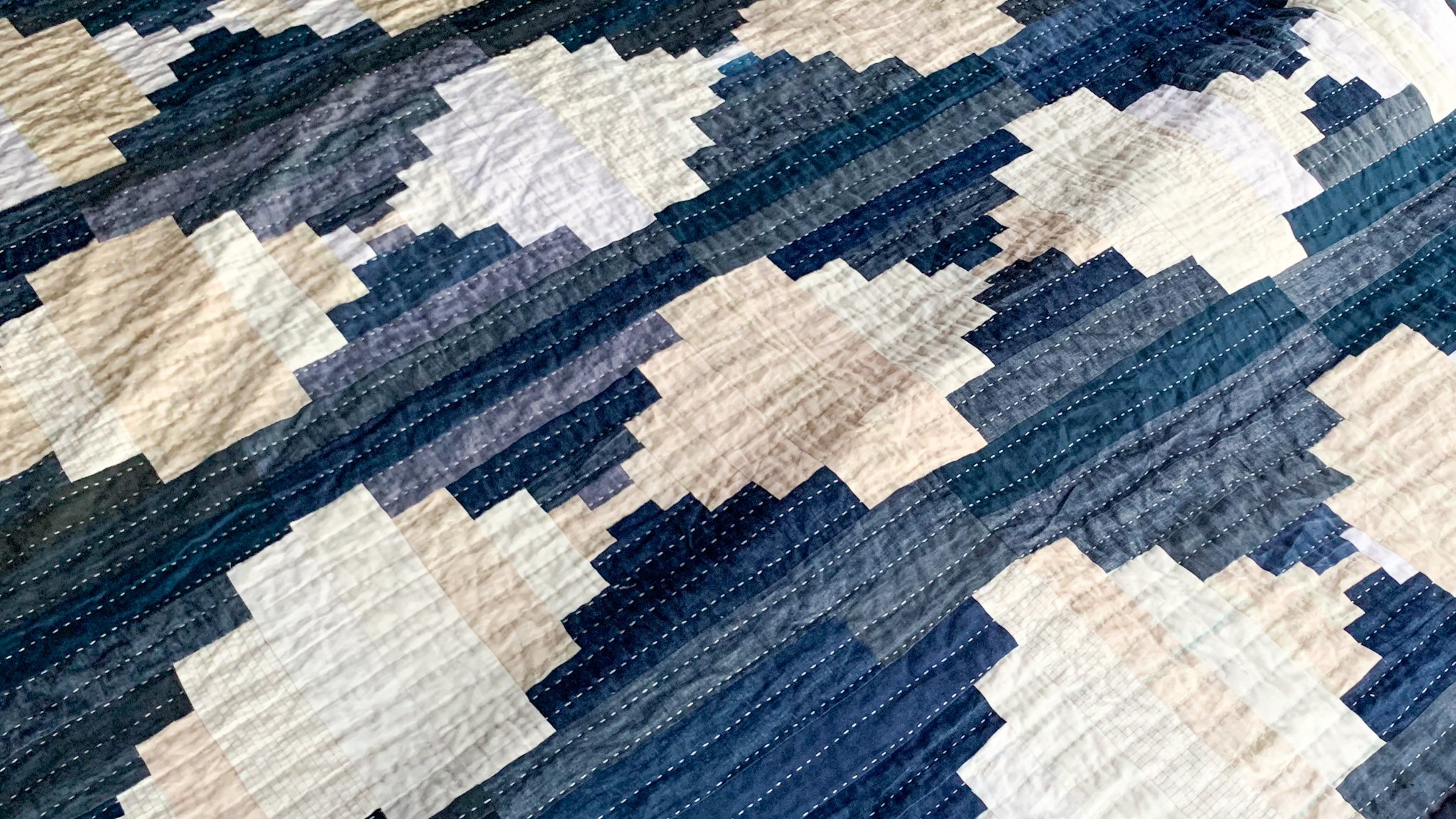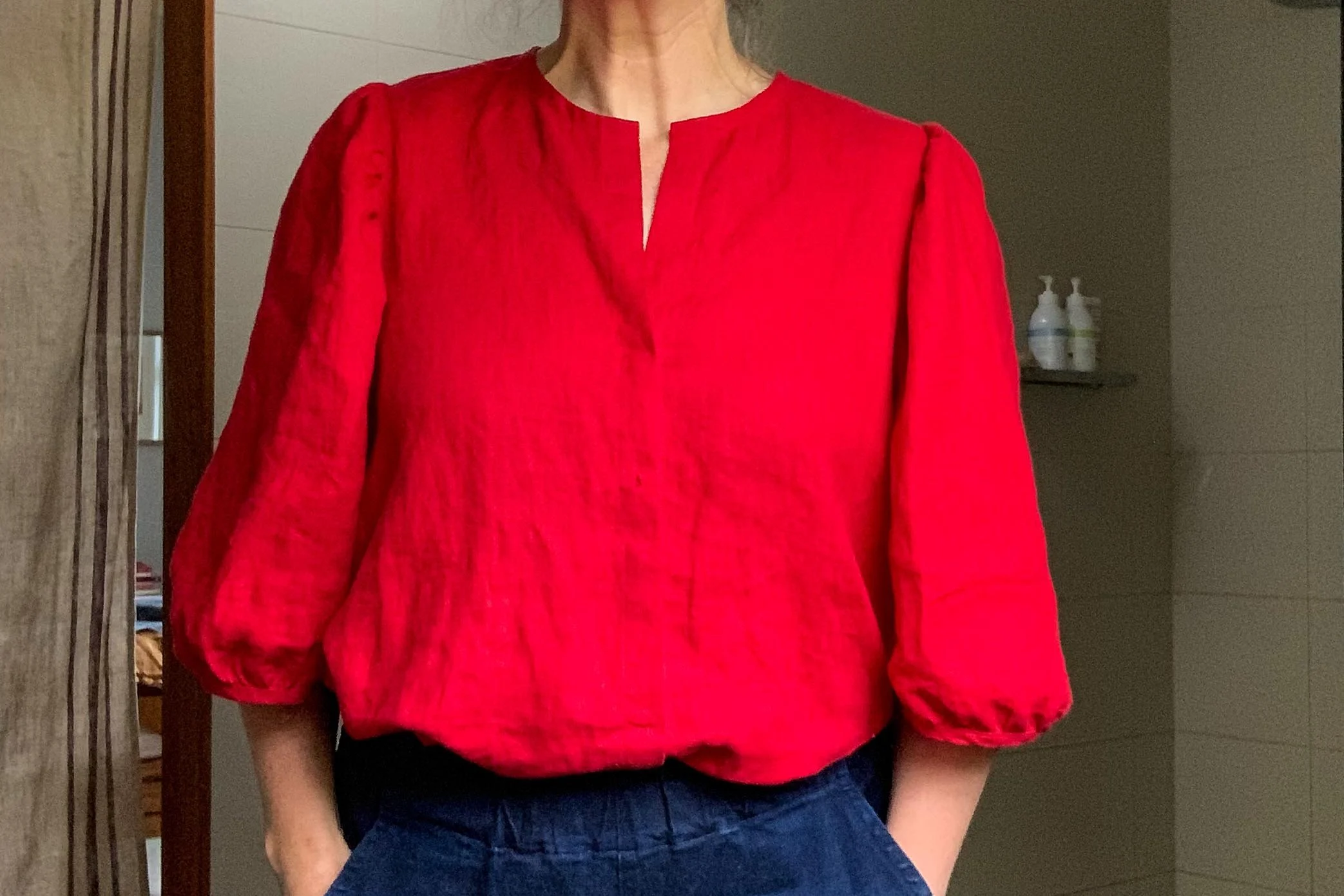So it's been a while between Simple Sewing drinks. I haven't been sewing a lot and when that happens I don't end up thinking about things you lot might be interested in....until I do! Last week I started making five winter dresses for the small girls (breaking my normal rule of three at a time :)) and I ran into a few issues in terms of fabric, which lead me to today's post.
So creative cutting? By creative cutting I mean breaking some of the rules around how you "should" cut your patterns out. I do it often, but I know as a newbie it can be confusing so I thought I'd tell you which rules I break and why you might want to....
As always my disclaimer - Simple Sewing 101 techniques are not necessarily proper dressmaking techniques, and as such it is recommended that you use them for everyday sewing as opposed to special sewing using your most favourite fabric ever.
What are the rules?
One of the things that comes up a lot when I'm teaching people to sew is cutting out. And it makes sense. Lots of patterns talk about exactly what you need to do to sew the garment up, but not about what are the rules for cutting?
So first lets talk about the rules - they are pretty simple;
- Cut out your pattern pieces making sure that the grainline on the pattern piece is parallel to the grainline of the fabric - which means that the grainline on the pattern piece is parallel to the selvedge of the fabric. The selvedge is the strip that runs along the edge of the fabric.
- Don't cut out pattern pieces into the selvedge as it normally has a different stiffer weave to the actual fabric.
- Make sure with directional patterns that you cut all your pieces out the right way up.
- ....Um. Well. That's pretty much it.
Really you should just read these couple of great articles Colette about the grainline in order to understand grain and why it's important. Essentially it is simply that the direction of the grain in the fabric will affect the drape of your clothing.
Five dresses lined up ready to go.
Why would you want to break the rules?
The why is pretty simple. There are two reasons.
1. You have enough fabric, but you want to cut out as efficiently as you can to save fabric. OR
2. You don't have enough fabric and you are trying to get your garment out of what you have.
Saving fabric means you have leftovers. For example by doing some clever cutting of my Annie Dress I had .65m of beautiful linen left over at the end (I had purchased the exact amount specified by the pattern) which means that I now have a Lou Box Top cut out and ready to be sewn up. It will be my reward sewing for getting the five dresses done and dusted.
And the second reason - well for me that often comes down to the fact that I am trying to make dresses for the kids out of scraps or small amounts of fabric. For example girls needed winter dresses and I really wanted to stick with my Stash Less guidelines. My fabric purchasing over the last couple of years has slowed to an absolute trickle, which means that I can no longer just head to my cupboard and be sure there will be something suitable for the project. Exciting, and sometimes annoying.
That said, I still have a truckload of scraps to use. 1/2 a metre of one fabric and 1m of another. As the girls are now enormous (being 5 and 8) then 1m isn't enough to make girl frocks, and so creative cutting is what it's all about.
Don't let this scare you off Stash Less though. While Stash Less has made actual clothes sewing a little trickier, it does however create some wonderful outcomes as discussed in this post on limitations.
For example for one of my five frocks, I'm going to get a wonderful Ace and Jig style girl's dress (shown at the top of the post) because I only had 1.2m of this beautiful Nani Iro Flannel which meant I could get the whole dress cut out except for the front out of the bodice. This is actually one of the least weird places to use a different fabric as it looks like a feature and I think it's going to be even prettier than if I had made it all out of the same fabric.
There was not enough of a scrap to get a front out of this piece of fabric no matter which way I turned it. The solution I came up with is shown below.
What rules can you break?
Here are my recommendations about how to get creative when fabric is tight and you are trying to squeeze something out OR when you just don't want waste fabric;
1. Don't follow the pattern instruction guide on how to cut out.
These suck. Not because pattern makers don't know what they are doing. They do! But they are restricted in that they have to give a guide using the largest size of pattern while making it super simple to show in a diagram. This is tricky. And it ends up meaning that if you follow the instructions you normally waste a lot of fabric.
The recommendations for the amount of fabric given by a pattern are often a healthy estimate and so you should be able to save some fabric in most circumstances.
Ideally you want to end up with a useable piece of fabric at the end rather than a whole heap of oddly shaped scraps so what to do? I thought I would give you some general rules to try - they won't work everywhere but they are a great place to start.
- First, have a go at laying out your pattern pieces so that they are as close to one another as possible. You don't need even a mm between them. Wiggle them around and try a couple of different configurations - making sure your grain line is following the grain. For pieces that are on the fold place them down and then flip them over to make sure you have room. These do not need to be cut from a fold in the middle of the fabric.
- Once you have a configuration you are happy with then cut out anything that has to be cut out on the fold. Do this by folding the selvedge towards the other selvedge but only by the amount you need to cut that bit of the pattern out. For example if your pattern piece is 30cm wide from the fold line to the edge then fold the selvedge 33cm over. Measure from the selvedge line to the fold line in a couple of different places to check that your fold follows the grainline. You can see this demonstrated in this Colette post on cutting on the grainline.
- Thirdly, cut out all your other pattern pieces, roughly biggest to smallest making sure that you consider smaller pieces as you go to see if they will fit in any oddly shaped offcuts.
A photo of me trying to get all the pattern pieces to fit onto my scraps to make a scrap dress. You can see what the front turned out like below. One sleeve of the frock will be the light pink and the other the dark pink.
2. Cut on the cross grain.
I do this all the time. For big person garments as well as for kids. I often squeeze a piece of clothing out of scraps and when I do this there is often a tradeoff. In order to be able to use the piece of fabric I sometimes have to cut on the cross rather than the grain. This is not a problem at all for many wovens or even linens.
I was recently speaking to a pattern designer who stated that in her opinion this is totally valid. She pointed to a recently made frock hanging on her door handle where the whole dress was cut on the cross grain.
Sometimes I cut on the cross grain simply to save fabric. You can see this in the beautifully styled photo below.
Both of these pieces should be cut out with the fold line on the grain. This would mean that they were facing the other way.
Please note: Cutting on the cross grain is an issue if you have a directional pattern or a stripe, plaid etc. It is also an issue for knit fabrics as often the stretch runs in one direction more strongly than another. That said, facings and pocket linings can be cut out even if the pattern is directional.
3. Ignore the grainline rules where you need to.
Sometimes you need to take it a step further and cut out on a slight bias or on the cross with a directional fabric. This can be OK too. It's your call!
Just today I totally ignored the grainline of the Liberty cord to cut out the facings. This is not advisable by any stretch of the imagination but it worked fine. Yes, I could have used a different fabric for my facings, but I was up for the challenge of making the whole thing fit and the girls aren't going to care. On two facing pieces I cut them with the cord going horizontal and then for one very last piece I actually cut it slightly on the bias to get it to fit. Now this is NOT ideal as you really want your facings to be stable. That is the whole point of them. However as they were to have fusible interfacing on them and the biasing was slight I decided that I did not care one jot! Play on.
The piece on the left has been cut on a slight bias. The piece on the right has been cut on the cross grain even though it is cord and this is very wrong. Sometimes you have to do what you have to do.
Stash Less means my ironing board cover is now elephants :).
3. Use a different fabric for your facings.
I do this all the time. As long as you roll your facings inwards by a mm or so, then noone will ever know. Try to find a fabric that is a similar weight to the fabric you are using.
4. Ignore pattern recommendations about making bias.
Many patterns suggest you to take a big diagonal stripe/hunk out of your fabric for a piece of bias binding. Use a different colour, store bought bias or make some using a continuous bias binding tutorial. There is a good one online from Craftsy.
5. Create your own fabric from scraps.
I did this for the bodice in the picture below. I just didn't have a scrap big enough for the front so I sewed some pieces together (roughly thinking about where they would end up) using french seams and then cut the pattern piece out of the new fabric. Flat-felled seams also would work well if you didn't mind some top stitching. I think I'm going to love this dress.
6. Get dodgy in your seam allowances.
If you are missing a piece of your seam allowance no worries at all. Pin it so that the edges match as if the chunk of seam allowance you are missing was still there and play on.
Sometimes I will also cut a pattern piece with the seam allowance in the selvedge if I know it will sit inside the seam allowance. If it is distorting the fabric I would just trim it back.
You could also make all the seam allowances for your pattern smaller. This is especially helpful if they are 1/2".
I decided this was too far into the selvedge and so actually shuffled this piece around.
I moved this side further over the edge so there was a chunk out of the seam allowance.
7. Alter your pattern.
This last one is if you are desperate and works best for a pattern you have made in the past so you know how much flexibility you have to play around. Take half a cm out of the middle of the bodice or shorten the sleeves, or shorten the bodice. Make the leg of a trouser a little slimmer.... Do what you need to do.
I'm sure I'll think of a few more overnight but I thought I'd open the floor to you. How do you save on fabric when cutting out?
I can't wait to hear your tips and tricks.
Felicia x













